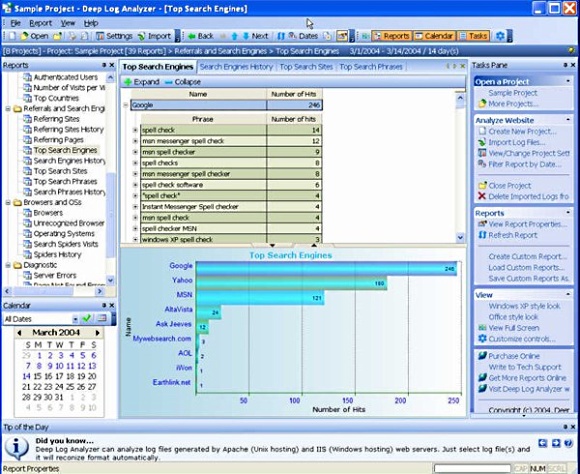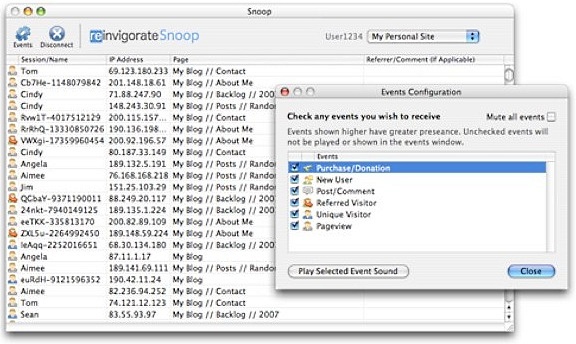 There are an impressive number of website analytics packages out there, with a wide range in price and features. But many of those analytics tools are only available online: you have to log in to a website to get at your data. The options for a desktop-based tool are fewer and farther between, but there are a few useful tools out there.
There are an impressive number of website analytics packages out there, with a wide range in price and features. But many of those analytics tools are only available online: you have to log in to a website to get at your data. The options for a desktop-based tool are fewer and farther between, but there are a few useful tools out there.
Check out these four options to see if a desktop application will fit the way you handle your website analytics.
TrakkBoard
Available for free, TrakkBoard is intended for heavy Google Analytics users. You do need to be using Google Analytics already, so that Trakkboard can pull down information for you, but you get the added benefit of being able to add multiple Google Analytics accounts to your display. You can compare data between accounts, generate reports and summarize all the details of your different websites in one spot.
TrakkBoard’s dashboard makes it easy to manage the wide variety of analytics data you have in one spot. Future developments for the tool include making it possible to bring analytics information from other providers in, as well.

Woopra
Get real-time analytics through Woopra‘s analytics dashboard. It works on Windows, Mac and Linux, allowing you to get rich data faster than most web-based tools can offer. You can manage multiple sites through the tool, with a home dashboard providing metrics at a glance. You can also customize everything down to how Woopra connects to your sites: with a manual connection, you can reduce the bandwidth requirement for your internet connection. (See Woopra vs. Google Analytics for more info about Woopra.)

Deep Log Analyzer
If you routinely need to create custom reports, Deep Log Analyzer is particularly useful tool. It does require a little extra server-side setup, but you get the benefit of being able to store past statistics for long-term comparisons easily. Business owners can take it a step beyond by pulling in CRM or sales data to turn website analytics into in-depth sales information. Deep Log Analyzer is available for Windows, in both a free edition and in a professional edition. The professional version is priced at $199.95, and can be used with an unlimited number of domains.

Snoop
You’ll barely notice Snoop running on your desktop. In Windows, it runs in the System Tray. On a Mac, it runs in the System Status Bar. Whenever something happens on your website, Snoop will notify you with an unique sound. Those events can include details like a comment or a purchase: Snoop is integrated with Reinvigorate for more comprehensive analytics as well. That includes heat maps, live visitor tracking and a wealth of statistics, all available in real-time.

Why desktop applications?
The choice to use a desktop application, rather than an online tool, is a matter of what’s easiest for your workflow. There are some key benefits, like the fact that you don’t need to worry about your analytics provider’s website going down just when you need to print a report. Depending on the software you choose, you can also work with some features not available anywhere else, like TrakkBoard’s ability to combine reports from different Google Analytics accounts. In the end, though, the decision to use a piece of software running on your desktop, rather than online, is a question of what’s convenient for you.
If you want to avoid logging into your account every time you want to check on your website’s performance, a desktop application is going to be easier to use. If you spend a lot of time on different computers, a web application may be a better fit.
About the author:
Thursday Bram writes about technology and small business. You can find Thursday on Twitter and on her own blog at ThursdayBram.com.



























